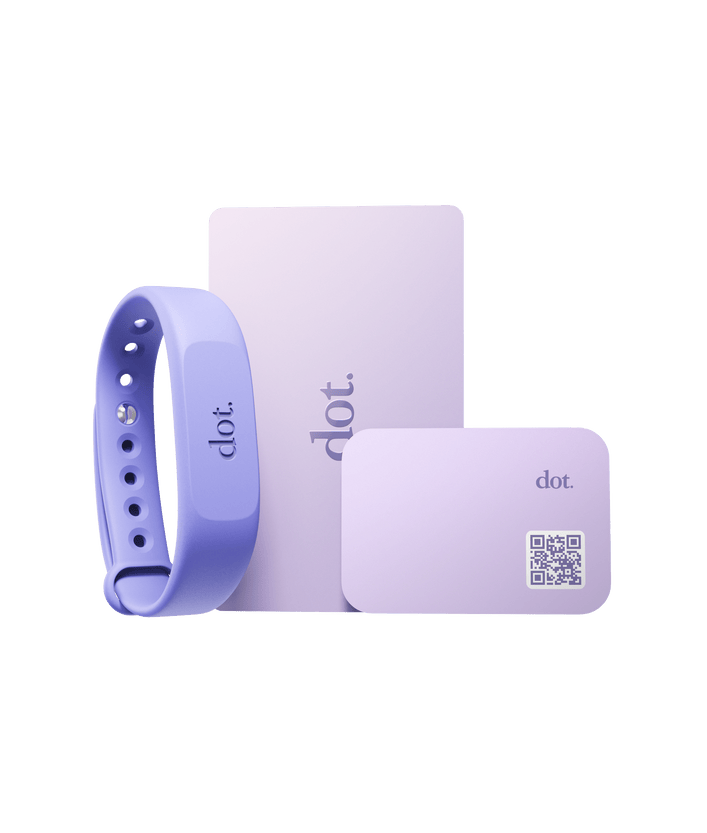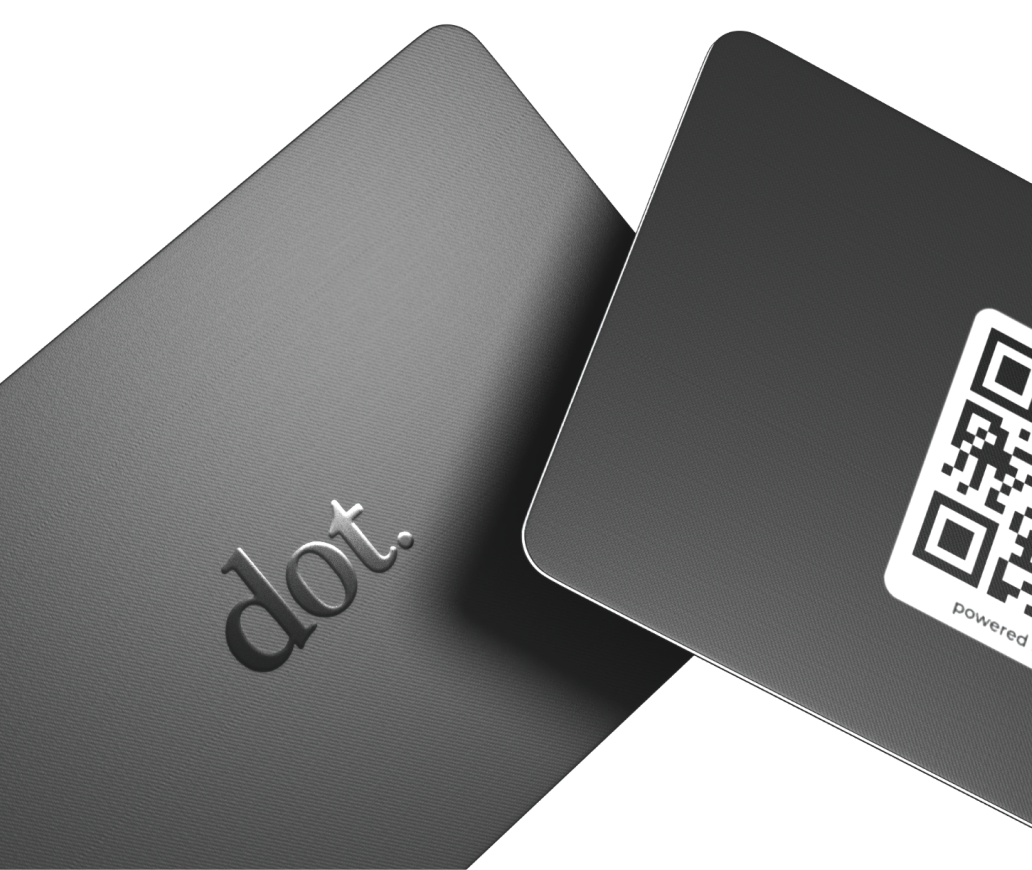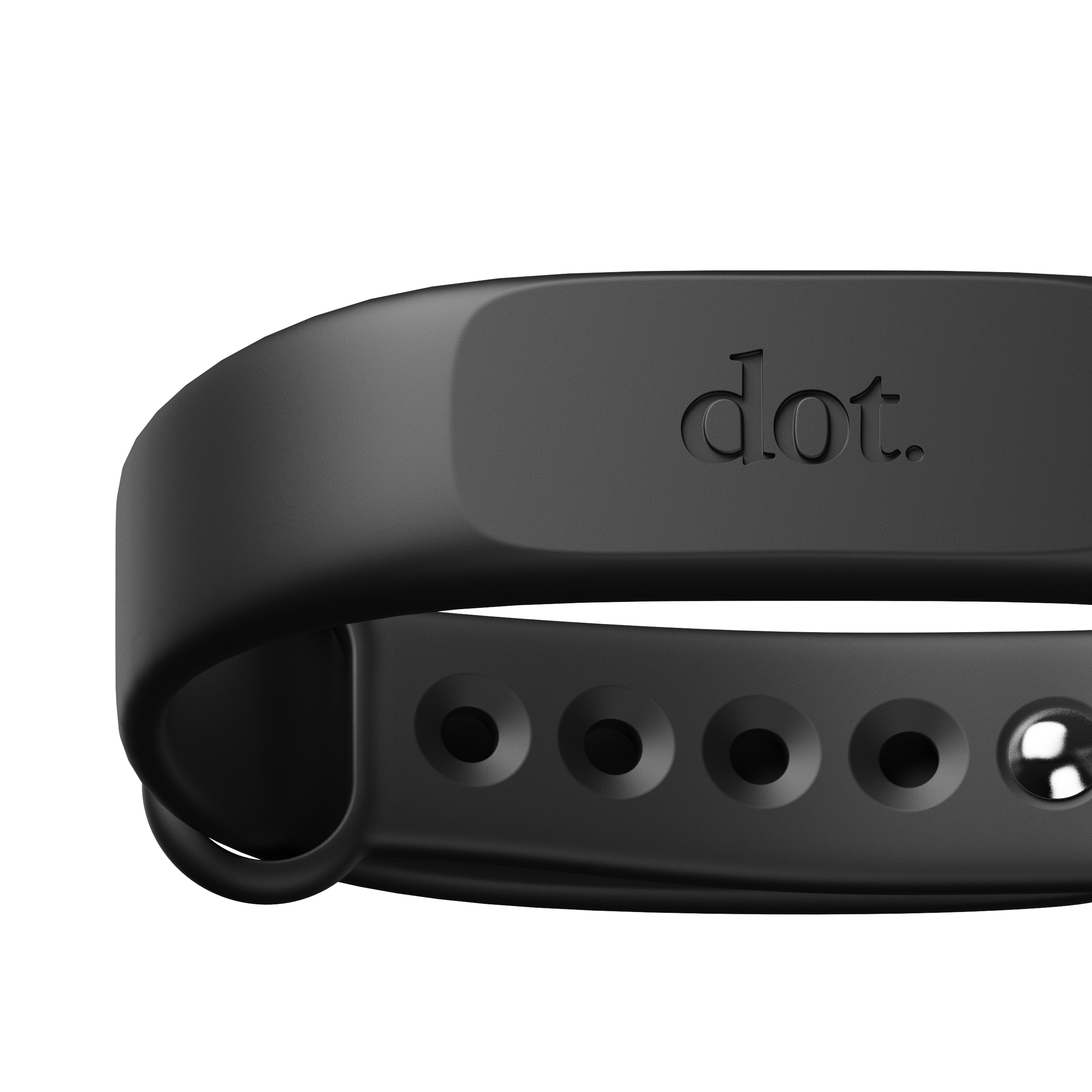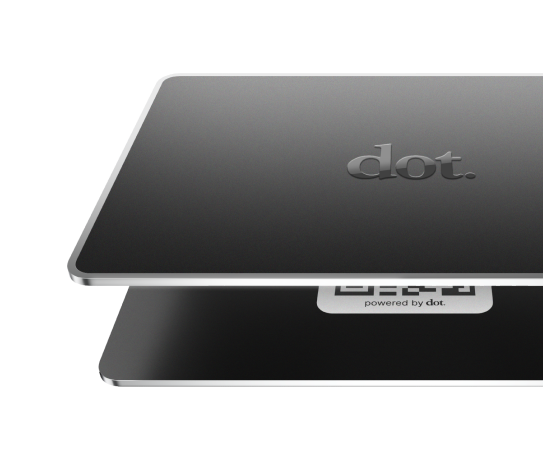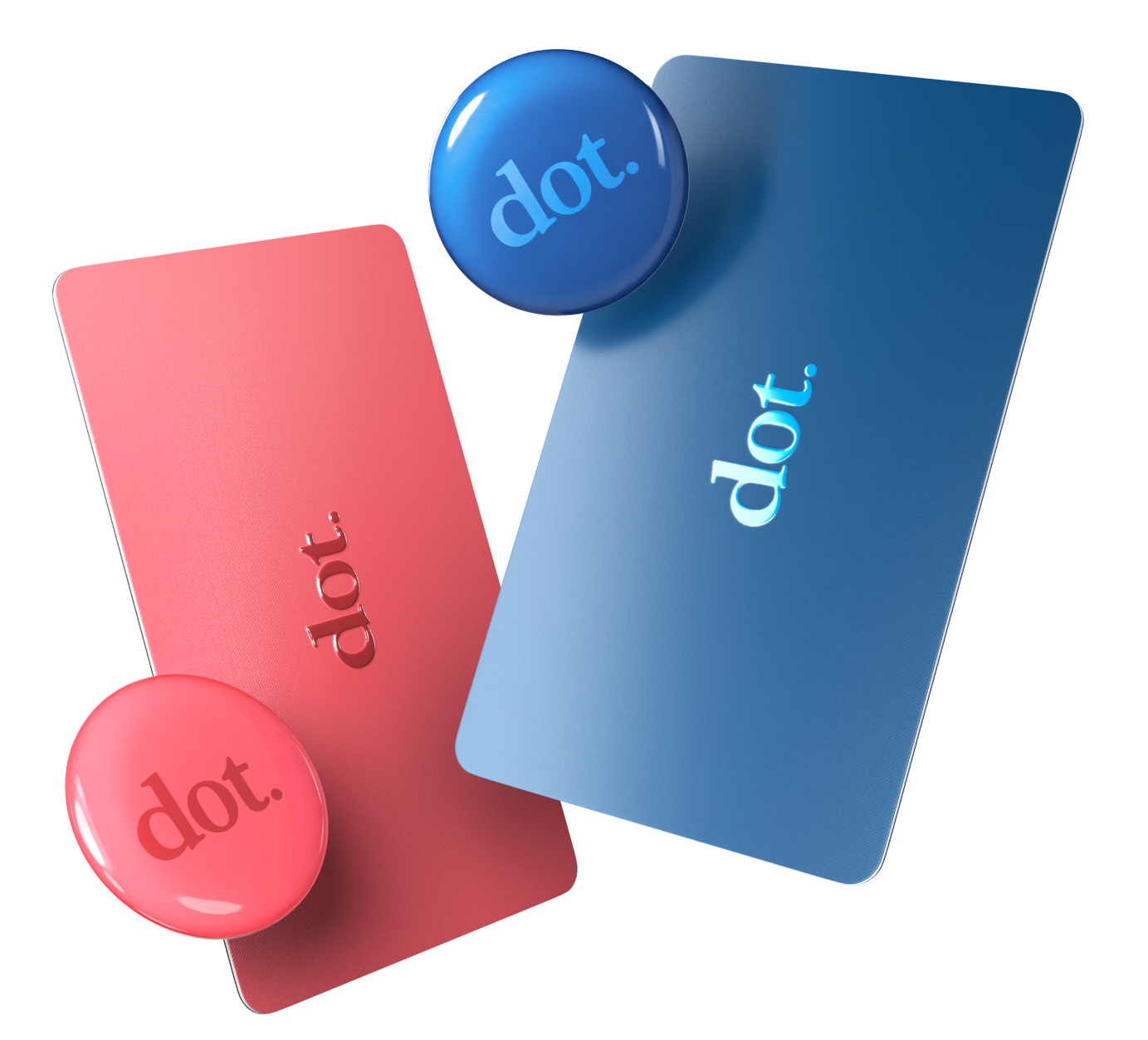Why Customer Expectations Are Higher Than Ever
Technology has completely reshaped the way customers interact with businesses. At the same time, expectations are evolving faster than ever. Today’s customers want more than good service, they expect personalization, convenience, and consistency across every interaction.
The reality? If you don’t meet these rising expectations, your competitors will. Let’s break down the key strategies businesses need to stay ahead and deliver experiences that truly stand out.
1. Start With Customer Understanding
Outstanding service begins with knowing your customer. That means going beyond assumptions and building a real time picture of their preferences, needs, and pain points.
Conduct surveys and interviews.
Analyze feedback from reviews, support tickets, and social channels.
Monitor customer journeys to spot friction points.
💡 Pro Tip: Don’t just collect data, act on it. Use insights to tailor offerings and craft experiences that feel personalized, not generic.
2. Deliver Personalization at Scale
Modern customers don’t just want options, they want experiences built for them. A one size fits all approach feels outdated.
Launch personalized marketing campaigns based on behavior.
Recommend relevant products or services.
Adapt customer support responses to reflect past interactions.
When done right, personalization shows customers that you value and understand them and keeps them coming back.
3. Create a Seamless Omnichannel Experience
Today’s customers move effortlessly between channels and they expect your business to do the same.
Align messaging and branding across your website, app, email, and in person touchpoints.
Make transitions between channels frictionless.
Keep support history and preferences consistent, no matter where the conversation started.
An omnichannel strategy ensures customers never feel like they’re starting over.
4. Move From Reactive to Proactive Support
Waiting for customers to come to you with problems is no longer enough. The best businesses anticipate needs and remove friction before it happens.
Use AI powered systems to flag potential issues early.
Provide proactive solutions like alerts, self service guides, or automated check ins.
Balance automation with human support for complex needs.
💡 Pro Tip: Proactive support transforms frustration into loyalty. Customers remember when you solve a problem before it becomes theirs.
5. Build a Continuous Feedback Loop
Customer feedback isn’t an afterthought, it’s a growth engine. Establish a system to collect, analyze, and act on input continuously.
Use surveys, social polls, and dedicated feedback forms.
Actively listen and acknowledge feedback.
Share improvements transparently so customers know they’ve been heard.
This loop builds trust and ensures your business evolves with your audience.
6. Empower and Engage Employees
Your employees are the frontline of customer experience. If they’re disengaged, your customers will feel it instantly.
Invest in training and resources.
Encourage a customer first culture.
Recognize and reward employees who go above and beyond.
Happy, empowered employees create happy, loyal customers.
7. Commit to Continuous Innovation
Customer expectations don’t stand still and neither should your business. Innovation is no longer optional, it’s survival.
Track emerging trends and evolving technologies.
Experiment with AI, automation, and machine learning to improve speed and personalization.
Regularly update systems, processes, and offerings to keep experiences fresh.
Bottom Line: Customer Expectations Are the New Battleground
In the digital age, success belongs to the businesses that listen, personalize, and innovate. Meeting expectations isn’t enough, the goal is to exceed them at every turn.
By focusing on customer understanding, personalization, omnichannel consistency, proactive support, feedback loops, empowered employees, and continuous innovation, you’ll not only satisfy customers but turn them into advocates.
The reward? Loyal relationships, positive word of mouth, and sustainable growth in an increasingly competitive market.







